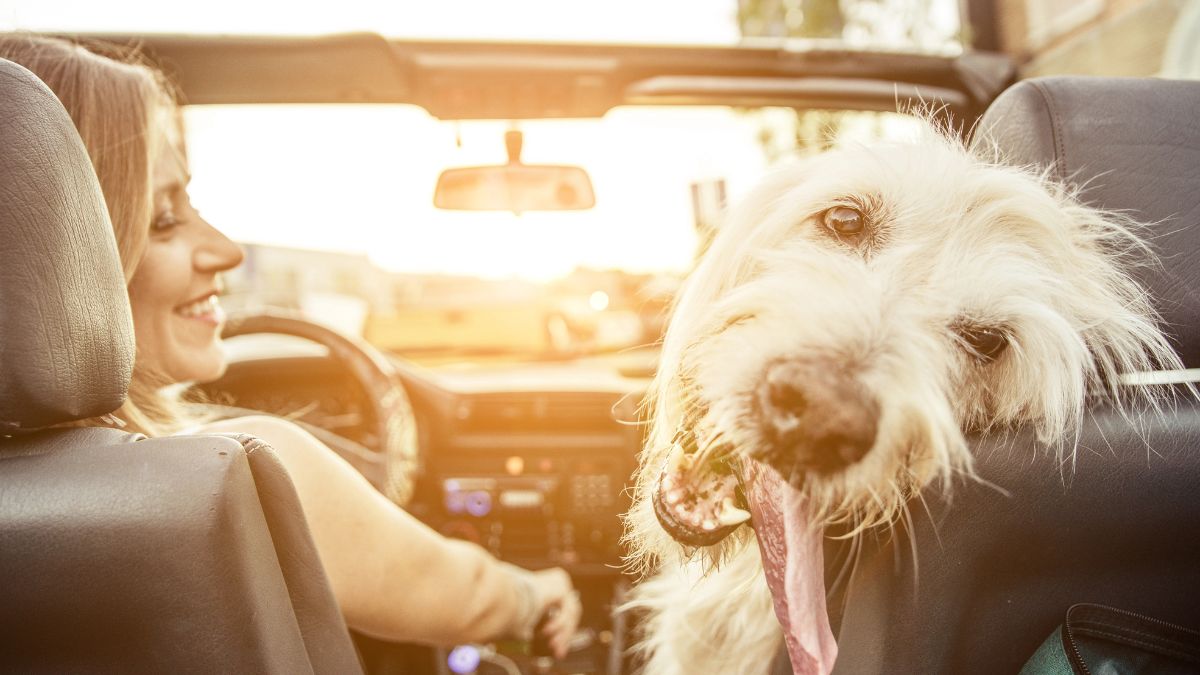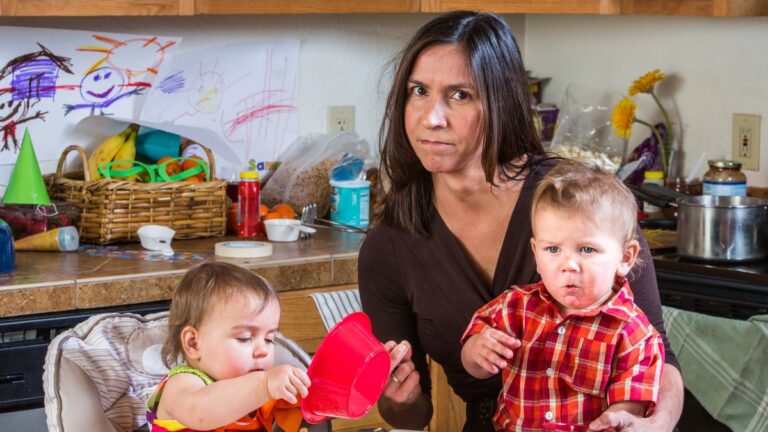15 Everyday Habits That Secretly Annoy Your Dog
Dogs are loyal, loving, and full of personality, but they can’t tell us in words when something we do bothers them. As pet owners, we often act in ways that seem harmless or even affectionate, without realizing it might be annoying or confusing for our furry friends.
Dogs have their own ways of communicating, and some of our habits go against what makes them feel safe and happy. By understanding these small things, we can build stronger, more respectful bonds with our pets. Here are common behaviors that may be irritating your dog, even if you don’t mean to.
Hugging Them Too Much
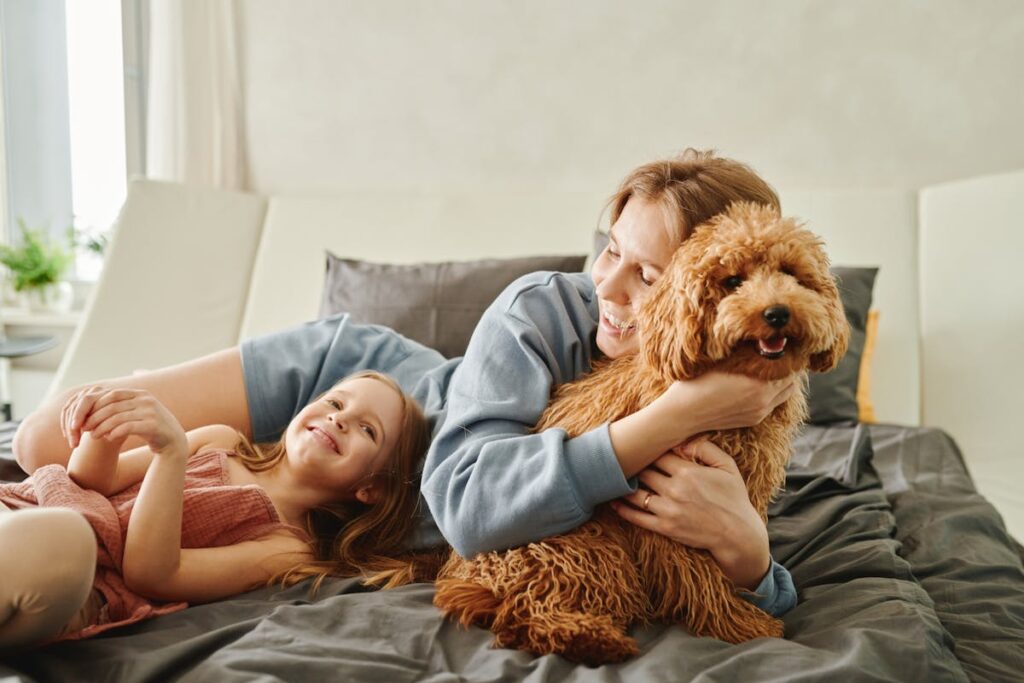
Humans love hugs, but most dogs don’t understand this kind of affection. Being wrapped in someone’s arms can make them feel trapped or anxious. Some dogs will tolerate it, while others might try to pull away or stiffen up. It’s better to show love through gentle petting, play, or kind words. Respecting your dog’s space helps them feel safe and loved.
Patting Their Head

While many people go straight for a dog’s head when showing affection, most dogs don’t enjoy being patted there. It can feel intimidating, especially if your hand comes from above.
Some dogs may flinch or move away. They usually prefer to be scratched behind the ears or under the chin. Learning where your dog likes to be touched can make them much happier.
Talking Loudly or Yelling

Dogs have sensitive ears, and loud voices can scare or confuse them. Yelling, even if you’re not angry at them, can make them feel nervous. Dogs respond better to calm, steady tones.
If you’re trying to correct behavior, firm but gentle communication works best. A peaceful voice keeps your dog feeling relaxed and secure.
Using Inconsistent Commands

Telling your dog “off” one day and “down” the next for the same behavior can confuse them. Dogs do best with clear, consistent commands. When you change the words, they may not understand what you want.
Training becomes harder, and frustration can build on both sides. Stick to one word for each action and reward your dog when they respond correctly.
Not Giving Them Enough Exercise

A tired dog is usually a happy dog. Without enough walks or playtime, dogs can get bored, restless, and even destructive. Some dogs need more physical activity than others, depending on their breed and age. Skipping walks or long days indoors can make your dog feel stressed. Regular exercise keeps their body and mind healthy.
Ignoring Their Body Language

Dogs communicate with their body—through their ears, tail, eyes, and posture. If your dog backs away, yawns, or avoids eye contact, they may be uncomfortable.
Pushing past these signals can make them feel unsafe or annoyed. Paying attention to their body language helps you understand what they need. It builds trust and prevents unwanted behavior.
Dressing Them Up Too Often
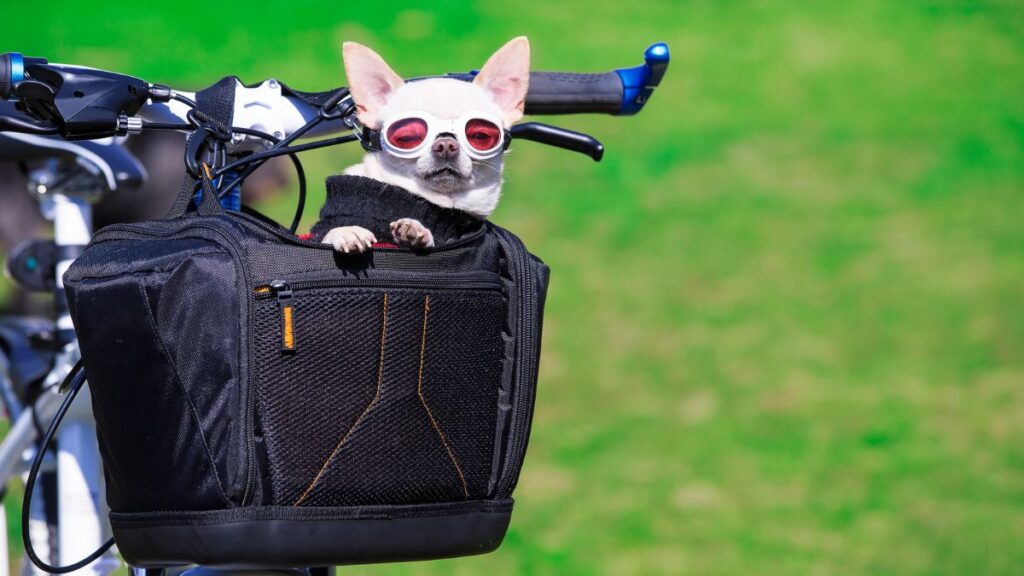
While the occasional sweater in cold weather is fine, many dogs dislike being dressed up for fun. Costumes or tight clothing can feel uncomfortable and restrict movement.
Your dog may freeze, scratch at the outfit, or look unhappy. If your dog doesn’t enjoy it, it’s better to skip the dress-up. Let your dog be themselves unless clothing is truly needed.
Leaving Them Alone Too Long

Dogs are social animals and love being around their people. If they’re left alone for too long, they can feel anxious or lonely. This can lead to chewing, barking, or even depression.
Try to give your dog plenty of attention and break up long absences with walks, toys, or a pet sitter. A little extra time with you makes a big difference.
Not Letting Them Sniff on Walks

Walks aren’t just about exercise—they’re how dogs explore the world. Rushing them along without letting them sniff is like taking someone on a tour but not letting them take in the sights.
Sniffing helps dogs learn, stay mentally engaged, and feel satisfied. Letting them take their time, even for a few extra minutes, makes walks much more enjoyable.
Forcing Them to Interact with Strangers

Some dogs are shy or protective and don’t want to meet every person or dog they see. Forcing them to greet strangers or be petted can make them anxious.
Respect their comfort level and don’t push them into social situations. It’s okay to say no when people ask to pet your dog. Let your dog set the pace for new interactions.
Punishing Them After the Fact

Dogs live in the moment and don’t connect punishment with something they did hours—or even minutes—earlier. If you scold your dog for chewing a shoe they ruined while you were gone, they won’t understand why you’re upset.
This can lead to fear and confusion. Instead, focus on preventing bad behavior and praising good habits as they happen. Positive reinforcement is more effective and kinder.
Not Giving Them Their Own Space
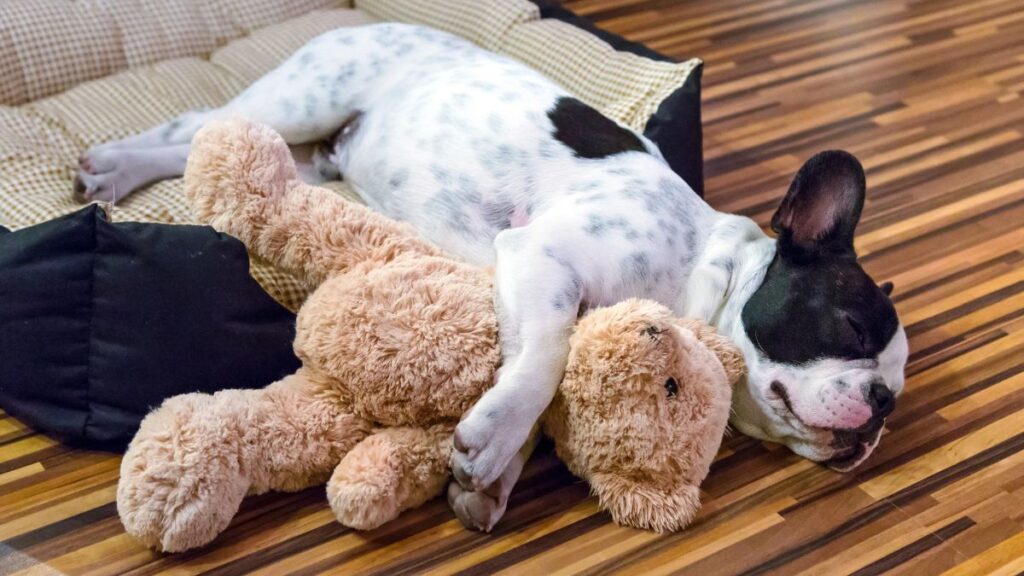
Just like people, dogs sometimes need a quiet place to rest. If they’re constantly followed, touched, or disturbed while sleeping, it can stress them out.
Having a bed, crate, or cozy spot where they can relax undisturbed is important. Teach kids and guests to respect this space too. A calm area helps your dog feel secure and at ease.
Taking Their Toys or Food Without Warning
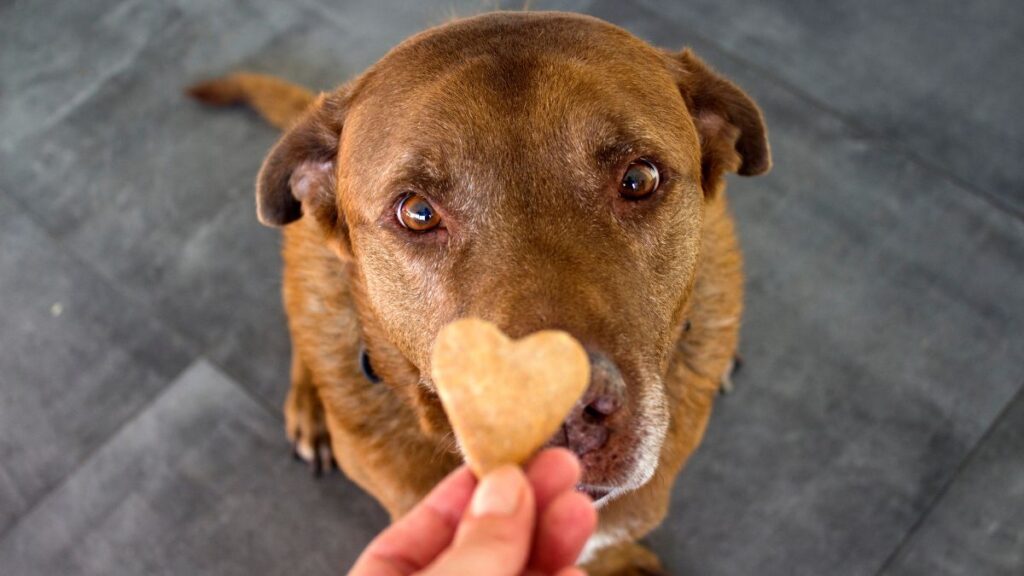
Suddenly grabbing a toy or food dish can make a dog feel threatened or defensive. They may growl or get protective—not out of meanness, but because they feel unsure.
Always approach gently and, if needed, teach your dog to trade items using treats. Respect for their belongings helps prevent fear-based behaviors. It also builds trust between you and your pet.
Pulling on the Leash

Constant leash pulling is uncomfortable for dogs and can even hurt their necks. It also teaches them to pull back, creating a cycle of frustration. Using a harness and practicing loose-leash walking can make walks more pleasant for both of you.
A calm, steady pace with gentle guidance keeps things safe and enjoyable. Your dog will appreciate the comfort and freedom.
Teasing or Playing Too Rough

Playing is fun, but teasing, like pretending to throw a ball or pulling on ears, can frustrate or confuse your dog. Rough games might make them overly excited or even anxious.
Always play with respect and pay attention to how your dog responds. Choose activities they clearly enjoy, and stop if they seem unsure or overly tired. Safe, fun play builds a stronger bond.
Related: 15 Clever Hacks To Reduce That Never-Ending Grocery Bill

Managing grocery expenses can be challenging for many households, especially with rising food costs and fluctuating budgets.
However, with some creativity and resourcefulness, you can implement numerous clever hacks to reduce your never-ending grocery bill without sacrificing the quality or variety of your meals.

